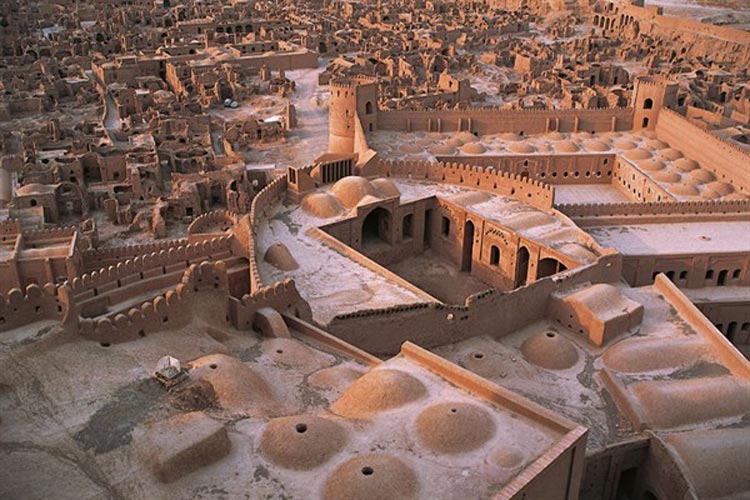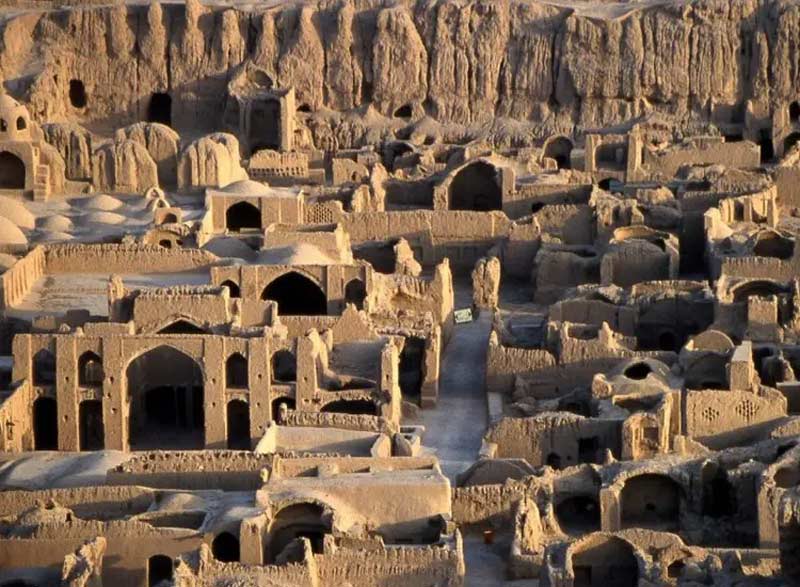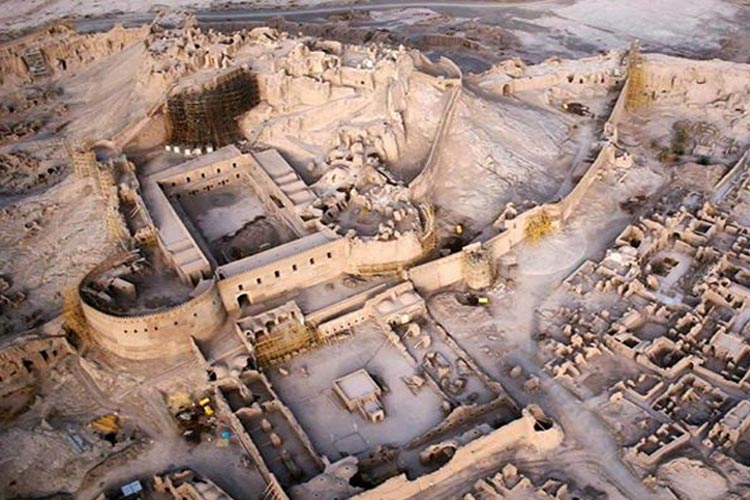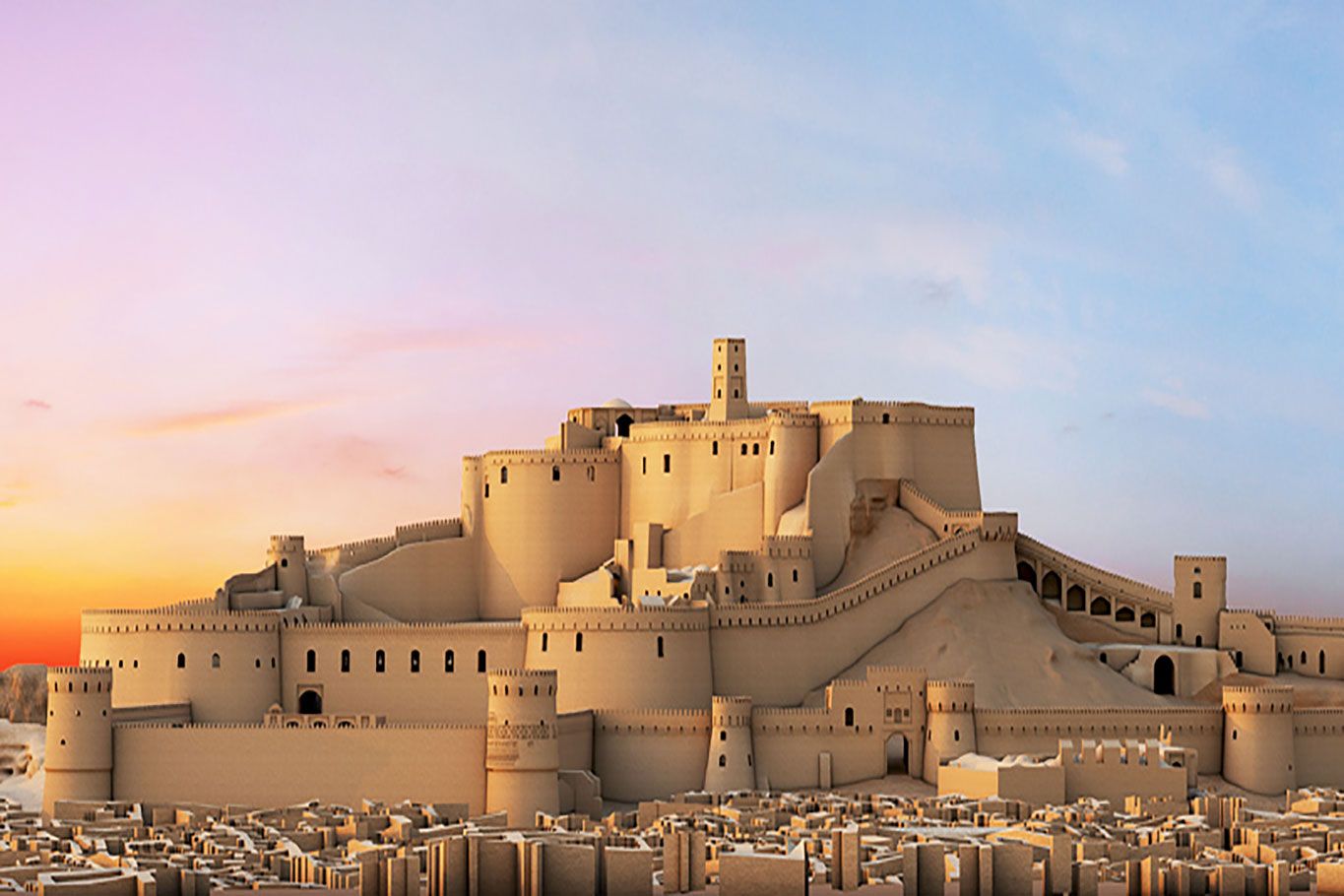Can you imagine a structure that has survived for over 2,000 years, only to be nearly destroyed in a matter of seconds? Such was the fate of the Bam Citadel, which suffered extensive damage in a devastating earthquake that struck the region. Good to know that despite the earthquake in 2003, the fortress remains a breathtaking example of ancient Persian architecture and design.
Nestled in southeastern Iran, lies a cultural treasure that has withstood the test of time. The Bam Citadel, also known as the Arg-e Bam, is a historic fortress that has played an important role in the region’s political, economic, and cultural life for over two millennia. With its striking architecture, intricate design, and rich history, the Bam Citadel is one of the most important landmarks in Iran and a must-see destination for anyone interested in exploring the country’s cultural and historical heritage. Despite the challenges it has faced over the centuries, including earthquakes and wars, the fortress has endured as a symbol of resilience and strength.
To visit Bam Citadel, don’t hesitet to look into our Iran World Heritage Tour.

Bam Citadel Architecture and Design
The Bam Citadel is a fascinating and unique fortress that is divided into several distinct parts, each with its own unique character and history. The fortress offers a glimpse into the intricate design and architecture of ancient Persia all constructed of mud bricks, a traditional building material that is both sustainable and durable. Different parts of the Bam complex are:
- Wall and Towers of Bam City: A massive wall over six meters thick and 16 meters high, punctuated by 38 towers, each with a unique design and function.
- Alleys, Staircases, and Courtyards: A labyrinth of narrow alleys, winding staircases, and hidden courtyards make up the interior of the fortress.
- Bam Governor’s Residence: A building within the fortress that served as the residence of the governor of Bam.
- Administrative Center: Buildings and structures within the fortress that served as the administrative center of the citadel.
- Bam Jame Mosque: A mosque located within the Bam Citadel was built during the onset of Islam in Iran.
- Public Bathhouse (Hamman): This part is not repaired yet but the original design shows the separate men’s and women’s sections.
- The Bam Bazaar: This part is well rebuilt after the damages including its vaulted ceiling.

History and Significance of Arg-e Bam
Bam Citadel dates back over 2,000 years, to the time of the Parthian Empire in ancient Persia. The fortress was strategically located on the Silk Road, a trade route that connected East and West, and served as a center of commerce and trade in the region for centuries.
Over the centuries, the Bam Citadel was expanded and fortified, with new buildings and structures added to the original design. The fortress played an important role in the political and economic life of the region, and was a center of learning and culture during its heyday.
However, the Bam Citadel suffered a devastating blow in 2003, when a powerful earthquake struck the region, killing tens of thousands of people and causing extensive damage to the fortress. Many of the buildings and structures within the citadel were reduced to rubble, and it seemed that the fortress might be lost forever.
also read : all thing you need to know about The Soltaniyeh Dome
Why is the Bam Citadel in Iran recognized as a UNESCO world heritage?
The Bam Citadel in Iran is recognized as a UNESCO World Heritage site for several reasons:
- Being an exceptional example of a fortified medieval city, with its massive walls and numerous towers providing an impressive example of ancient Persian architecture and design.
- Having been an important center of trade and commerce for centuries, and serving as a hub for the exchange of goods and ideas along the Silk Road.
- Unique building materials and construction techniques. The fortress is constructed almost entirely of mud bricks, a traditional building material that is both durable and sustainable, and the intricate design of the fortress reflects the artistry and ingenuity of the ancient Persians who built it.
Some Iran Tour Packages offer exclusive access to UNESCO World Heritage Sites and hidden local gems.

When to visit the Bam Citadel?
Today, the Bam Citadel is open to visitors who wish to explore its rich history and stunning architecture. Visitors can take guided tours of the fortress, which provide insight into its history and significance. The citadel is also home to several museums and exhibits, which showcase ancient Persian artifacts and other cultural treasures.
Visitors are advised to wear comfortable shoes and clothing, as there is a lot of walking and climbing involved in exploring the fortress. The best time to visit the Bam Citadel is during the cooler months, from November to March, when the weather is milder and more pleasant.
also read : explore The Karim Khan Citadel
Where is Bam Citadel located?
The Bam Citadel is located in the southeastern Iranian province of Kerman, near the city of Bam approximately 1,000 kilometers southeast of Tehran, the capital of Iran. The fortress is located on a hill overlooking the city and covers an area of approximately 180,000 square meters. The Bam Citadel is easily accessible by car or bus from the city of Bam.
What to visit in Iran after Bam Citadel?
We have included Bam Citadel in Iran World Heritage Tour. This package offers a unique opportunity to explore the rich cultural and historical heritage of the region, including the stunning World Heritage monuments. Our tour packages offer a comprehensive and immersive experience of Iran’s diverse culture, architecture and nature at reasonable rates.
If you’re interested in exploring more of Iran’s cultural and historical treasures, there are many other destinations worth visiting. Here are a few suggestions:
Kerman: The province where Bam is also located there, has great potential to visit. Ganjali Khan Complex, Lut Desert, Rayen Castle and Shazdeh Garden are some to mention.
Persepolis: Located in the southwestern province of Fars, Persepolis is an ancient city that was once the capital of the Achaemenid Empire. The city is home to stunning ruins, including the Gate of All Nations, the Apadana Palace, and the Hall of 100 Columns.
Isfahan: Known as the “half of the world,” Isfahan is a beautiful city with a rich history and stunning architecture. Highlights include the Naqsh-e Jahan Square, the Chehel Sotoun Palace, and the Shah Mosque.
Shiraz: Located in the southern province of Fars, Shiraz is known for its beautiful gardens, historic mosques, and vibrant bazaars. Highlights include the gardens of Eram and Narenjestan, the Vakil Mosque, and the Nasir al-Mulk Mosque.
Yazd: Known for its distinctive architecture and rich culture, Yazd is a desert city located in central Iran. Highlights include the Jameh Mosque, the Amir Chakhmaq Complex, and the Yazd Atash Behram fire temple.
Golestan Palace: Located in Tehran, the Golestan Palace is a stunning example of Persian architecture and design, with beautiful gardens, intricate tilework, and ornate buildings and structures.
These are just a few of the many cultural and historical treasures that Iran has to offer. Whether you’re interested in exploring ancient ruins, stunning mosques, or vibrant bazaars, Iran has something to offer every traveler.
After visiting the Bam Citadel, you can visit the other UNESCO World Heritage nearby landmarks such as Shahr-e Sukhteh in Zabol.
Let us know your experiences of visiting or your questions about the Bam Citadel in the comment box below, we will be happy to hear from you!


















